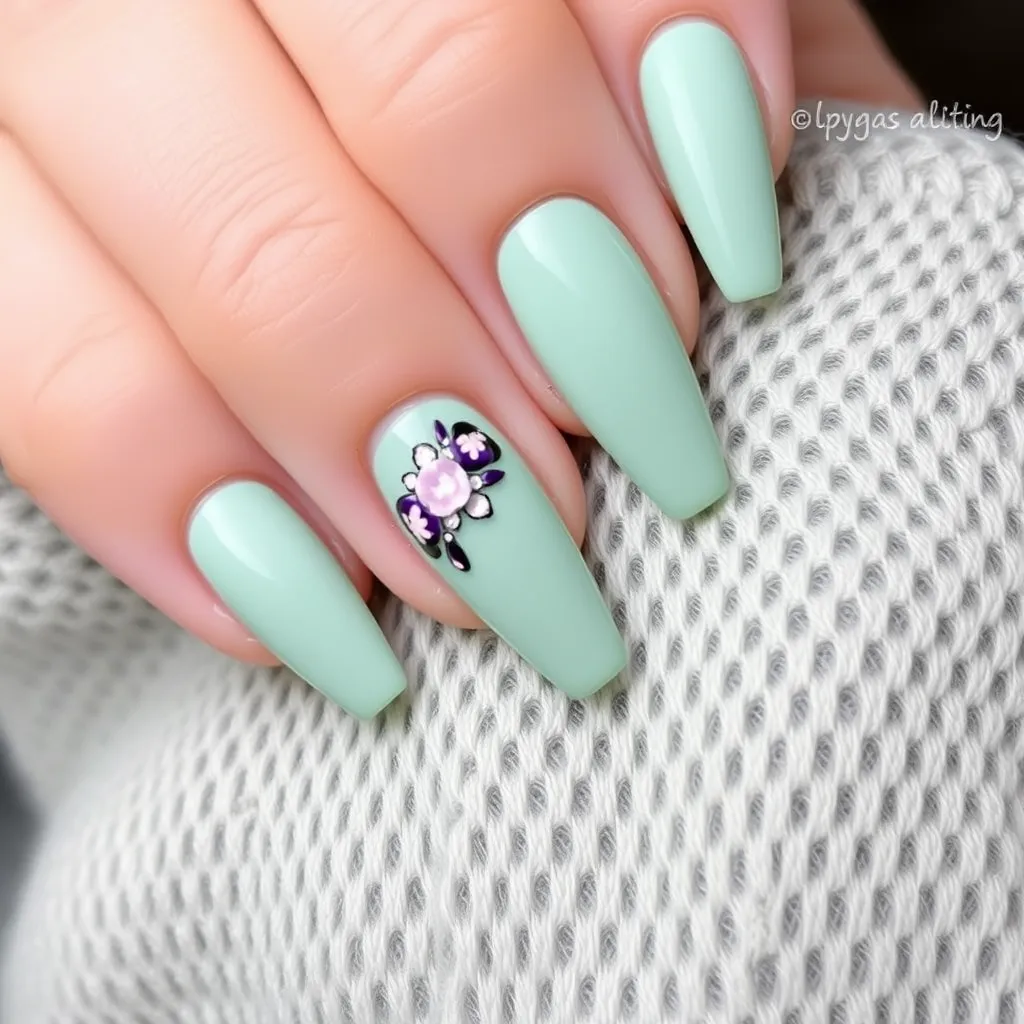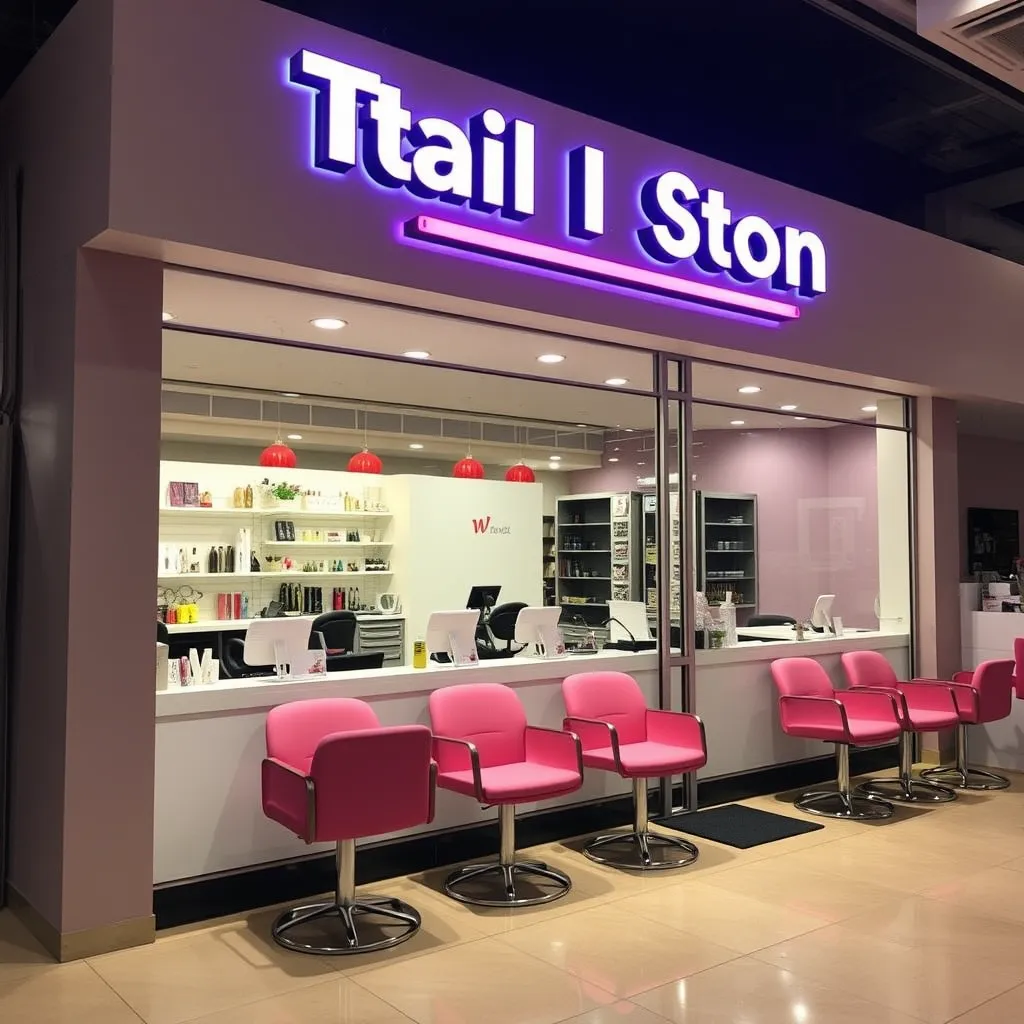Learn everything you need to know about nail salon tipping in our comprehensive guide. Discover standard tipping percentages, the role of nail salon tip calculators, and factors that influence your tip amount. Understand the cultural differences in tipping practices around the world and how to budget for tips in your salon visits. Enhance your experience and show appreciation for nail technicians with thoughtful gratuity, ensuring a positive relationship between clients and professionals in the beauty industry.
💅 Nail Salon Tip Calculator
Calculate the perfect tip for your manicure or pedicure service
Service Total
$0.00Tip Amount
$0.00Total Bill
$0.00Per Person
$0.0015%
Standard service
18-20%
Good to excellent service
22-25%
Exceptional service
25%+
Outstanding experience
Table of Contents
Introduction to Nail Salon Tipping
Tipping is a common practice in the service industry, particularly within beauty establishments such as nail salons. For clients, it serves as a way to express appreciation for the services rendered, while for nail technicians, tips can significantly enhance their overall earnings. Understanding the nuances of nail salon tipping is essential for both parties involved, as it helps foster a positive relationship and contributes to the overall atmosphere of the salon
The beauty industry has established an informal guideline regarding tipping, which varies across different regions and cultures. Typically, a tip of 15% to 20% of the service cost is considered a standard gesture of goodwill. This percentage may vary depending on the quality of service received, the skill of the technician, and the nature of the treatment.
For instance, if a client is particularly satisfied with a manicure or pedicure, they may choose to tip higher as a reflection of their experience. On the other hand, if the service does not meet expectations, clients may opt to reduce the gratuity, highlighting the importance of service quality in the salon environment.
For nail technicians, tips represent a vital source of income that can sometimes account for a significant portion of their earnings. Given that many technicians may rely on tips to supplement their wages, delivering excellent service becomes crucial. A good tip can serve as a motivation for technicians to continually improve their skills and provide clients with high-quality experiences.
As the nail salon industry evolves, implementing tools such as nail salon tip calculators is becoming increasingly popular. These calculators assist clients in determining an appropriate tip based on service cost, making the tipping process straightforward and less stressful. By integrating this technology into the salon experience, clients can navigate tipping with enhanced confidence, ultimately contributing to a more positive and rewarding experience for both clients and professionals alike.
The Role of a Nail Salon Tip Calculator

A nail salon tip calculator is a digital tool designed to streamline the process of calculating gratuities for services rendered at nail salons. Its primary function is to simplify the tip calculation process by allowing clients to input the total cost of the services received and select a preferred tip percentage. In doing so, clients can quickly determine the appropriate amount to tip their nail technician or salon staff, thereby ensuring fair compensation for their work.
The technology behind these calculators often includes user-friendly interfaces and responsive designs, making them easy to use on a variety of devices, including smartphones and tablets. Most calculators not only provide tip amounts based on the total service price but can also adjust for various factors, such as service level and group rates, enhancing the user’s experience.
This kind of tailored calculation is particularly beneficial in busy settings, where clients may find themselves unsure of how much to tip, especially if they are unfamiliar with typical gratuity percentages within the beauty industry.
The convenience of a nail salon tip calculator cannot be overstated. It eliminates the guesswork typically involved in tipping, allowing clients to focus on enjoying their salon experience. Furthermore, these calculators often provide a way to break down the total amount, including taxes and service charges, which can be essential for clients who prefer to base their tips on the pre-tax amount or seek to round their gratuity to a comfortable figure. The ease of access to this tool encourages greater transparency in tipping practices and ultimately enhances the overall client experience in nail salons.
Factors Influencing Tip Amounts
The decision on how much to tip at a nail salon can be influenced by several key factors that contribute to the overall experience. Understanding these variables is crucial for ensuring that clients feel satisfied with their service and that the nail technicians receive appropriate recognition for their skills.
Firstly, one of the most prominent factors is the quality of service provided. If a nail technician demonstrates exceptional skill, attentiveness, and friendliness during the appointment, clients are often inclined to offer a higher tip. Conversely, if the service is subpar, such as an unfinished look or poor customer service, the tip amount may be reduced accordingly.
Another important consideration is the complexity of the nail service chosen by the client. Basic manicures or pedicures typically incur a lower tip percentage compared to intricate designs or specialty services that require more time and expertise. For example, clients who opt for detailed nail art or treatments that involve additional products often find themselves tipping more generously to reflect the extra effort and creativity involved.
The geographic location of the nail salon also plays a significant role in determining tip amounts. Salons situated in metropolitan areas with a higher cost of living often see clients tipping at a higher rate compared to those in smaller towns. Regional tipping norms can differ, with some locations emphasizing a more substantial tip culture and others being more modest.
Lastly, each client’s personal budget will influence their tipping choices. A client who finds themselves in a comfortable financial situation may be more inclined to tip generously, whereas someone on a tighter budget may adjust their tip based on their available funds.
These personal factors create a varied landscape of tipping practices, reflecting an individual’s circumstances and appreciation for the services rendered. Understanding these nuances can enhance the tipping experience for both clients and nail technicians alike.

How to Use a Nail Salon Tip Calculator
Utilizing a nail salon tip calculator can significantly simplify the process of calculating the appropriate tipping amount for salon services. The following steps provide a clear guide on how to effectively use such calculators, ensuring that customers can tip accordingly and with confidence.
The first step consists of identifying the total cost of the service you received at the nail salon. This amount is typically displayed on the invoice or receipt given after the service. It is important to have the correct service cost, as this will directly influence the final tip amount calculated. Be sure to include any additional costs, such as an upgrade or added service, to attain an accurate total.
Next, you would move on to selecting a desired tip percentage. Standard tipping rates tend to range between 15% to 20%, but customers can adjust according to their satisfaction with the service received. Some calculators may offer pre-set percentages for convenience, while others allow users to input custom rates. This flexibility can cater to various preferences, making the calculator a valuable tool for every patron.
After entering the service cost and choosing a suitable tip percentage, simply click on the calculate button or equivalent function. The calculator will then display the computed tip amount as well as the total cost, which includes both the service charge and the tip. This comprehensive output helps customers understand their expenses clearly and ensures that they can budget accordingly for their nail services.
In essence, using a nail salon tip calculator is a straightforward task that can be completed in mere minutes. With just a few inputs, it provides reliable assistance, making the tipping process less daunting and thereby enhancing the overall customer experience at the nail salon.
Common Tipping Percentages for Nail Services
Tipping is an essential aspect of the service industry, and nail salons are no exception. Understanding the typical tipping percentages for various nail services can help clients show appreciation for the expertise and effort of their nail technicians. Generally, the customary tipping range for services in nail salons is between 15% to 20% of the total service cost.
For basic services such as manicures and pedicures, a tip of around 15% is often considered standard. For instance, if a regular manicure costs $30, a tip of $4.50 would be appropriate. However, when clients receive more specialized services, such as nail enhancements or complex nail art, tipping may increase. In such cases, raising the percentage to 20% could be a more fitting gesture, reflecting the additional skill and creativity involved.
Moreover, client satisfaction plays a crucial role in determining the tip amount. If a nail technician goes above and beyond in delivering exceptional service, it is common for clients to tip higher than the standard percentage. Factors contributing to this include the technician’s attentiveness, demeanor, and the overall quality of the nail service. In regions where the cost of living is higher, or within more upscale salons, clients might also consider adjusting the tip accordingly, as service expectations may differ.
Additionally, it is essential to keep in mind that tipping practices can vary by location and culture. While 15% to 20% is a widely accepted guide in the United States, some clients may opt to tip differently in other countries or regions. Overall, a thoughtful approach to tipping will not only ensure that technicians feel valued but may also result in improved service during future visits.

Special Circumstances: When to Adjust Your Tip
While tipping is a customary practice in nail salons, certain situations may arise that warrant an adjustment to the tip amount. Understanding when and how to modify your gratuity can foster a respectful relationship between clients and technicians while ensuring fairness in service compensation
The first scenario to consider is poor service. If the technician fails to meet standard expectations, whether through inattentiveness, rushed work, or unprofessional behavior, clients may feel compelled to lower their tip. It is advisable, however, to communicate any dissatisfaction directly to the technician or salon management to provide constructive feedback before making a decision on the tip amount.
Another circumstance that may influence your tipping decision is delays in service. If the appointment runs significantly late without valid reasons—such as unforeseen circumstances or an influx of clients—this could affect your overall experience. Clients might choose to adjust their tip downwards, reflecting the disruption in service
However, it is important to assess whether the delay stemmed from the technician’s actions or external factors, such as scheduling issues within the salon. In cases of unavoidable delays, maintaining a standard tip could be a fair option, acknowledging the technician’s work despite the inconvenience.
On the contrary, exceptional services warrant an increased tip. If a technician goes above and beyond, providing additional care, personalized attention, or intricate nail art, it is appropriate to reward their hard work with a higher gratuity. Complimenting their efforts with a tip that reflects your satisfaction reinforces positive behavior and sets a precedent for future visits
Ultimately, adjusting your tip should be a reflection of your overall experience, balancing professionalism and personal judgment to foster a mutually beneficial relationship between clients and nail salon technicians.
Integrating Tipping into Your Total Nail Salon Budget
When planning a visit to a nail salon, considering tipping is an essential part of the overall budgeting process. Tipping not only demonstrates appreciation for the technician’s skills but also ensures that you can enjoy the experience without financial stress. To effectively incorporate tips into your nail salon budget, it is vital to allocate additional funds specifically for gratuities.
To begin, assess the average cost of the services you plan to receive. Standard services such as manicures and pedicures come with varying prices, and understanding this average can guide your overall budget. Once you determine the expected costs, consider the customary tipping range, typically between 15% to 20%. For instance, if your chosen services amount to $50, setting aside an additional $7.50 to $10 for tipping becomes an essential part of your financial preparation.
Maintaining awareness of your total spending is also crucial. As you select additional services or upgrades, revisit your budget to ensure you have enough set aside for tips. Many clients find it helpful to keep a separate envelope or digital note that marks the budget for the nail services, including the anticipated tip. This practice not only promotes financial discipline but also helps avoid unexpected expenses.
Finally, keep in mind that some salons incorporate service charges into their invoices. In such cases, it’s prudent to review the receipt closely to understand if tips are already included. If they are, consider whether to add extra based on the quality of service received. By actively integrating tipping into your total nail salon budget, you can enhance both your experience and that of your nail technician, creating a more gratifying outing for all involved.

Nail Salon Culture and Regional Tipping Differences
The practice of tipping in nail salons is not universally standardized; rather, it can vary widely depending on regional and cultural customs. In the United States, for instance, it is customary to tip nail technicians between 15% to 20% of the total service fee, reflecting a general acceptance of gratuity in the service industry. This tipping range is often appreciated as it acknowledges the skill and effort of the technician, essentially contributing to their income.
Conversely, in some European countries, such as Germany, tipping practices tend to be less emphasized, with many clients opting to round up their bill rather than following a fixed percentage. This subtle difference highlights the local culture’s perspective on service and gratuity, where exceptional service does not always necessitate a monetary bonus beyond the transaction amount.
In Asian cultures, such as in Japan, tipping may be viewed as disrespectful or indicative of an expectation for improved service. Here, the emphasis is placed on providing quality service as an integral part of the profession, rather than something that requires additional appreciation through tipping. Similarly, in South Korea, tipping isn’t a common practice in nail salons, as clients may feel that the price reflects both the service and its quality.
Understanding these diverse practices around tipping in nail salons can enhance the client experience significantly. When clients are informed about local customs regarding tips, they are more likely to approach their interactions with respect and mindfulness. This awareness fosters positive relationships with salon staff and contributes to a welcoming atmosphere. Moreover, recognizing and adapting to different cultural attitudes towards tipping can enhance mutual respect between clients and technicians, resulting in a more enjoyable and satisfying visit to the salon.
Conclusion: The Importance of Fair Tipping in the Nail Industry
As we have explored throughout this guide, fair tipping practices play a crucial role in the nail industry, impacting both service providers and clients alike. Tipping is not merely a customary practice; it is a significant aspect of acknowledging the high-quality services provided by nail technicians. In many cases, these professionals rely heavily on tips to supplement their incomes, given that base wages can be considerably low in the beauty sector. A fair tip can serve as a direct acknowledgment of their skills, effort, and the time they dedicate to ensuring client satisfaction.
Moreover, understanding the nuances of tipping in nail salons can enhance the overall experience for both clients and technicians. Utilizing a nail salon tip calculator can help clients determine an appropriate gratuity that reflects the service received, considering factors such as the complexity of the nail design, the time spent, and the technician’s level of expertise. This tool aids in fostering a sense of fairness and equity in the tipping process, allowing clients to express their appreciation without the uncertainty that often accompanies tipping decisions.
Additionally, becoming a more thoughtful tipper can lead to stronger relationships between clients and their nail technicians. When clients demonstrate awareness and appreciation for the work done, it contributes positively to the salon atmosphere and encourages a culture of mutual respect. This practice not only supports the livelihoods of nail technicians, but it also enhances the quality of service delivered, as technicians feel more motivated and valued in their roles.
In conclusion, adopting fair tipping practices in the nail industry is essential for fostering a supportive environment where both clients and service providers can thrive. By making informed tipping decisions, clients can actively contribute to the ongoing success and morale of the beauty industry as a whole.
